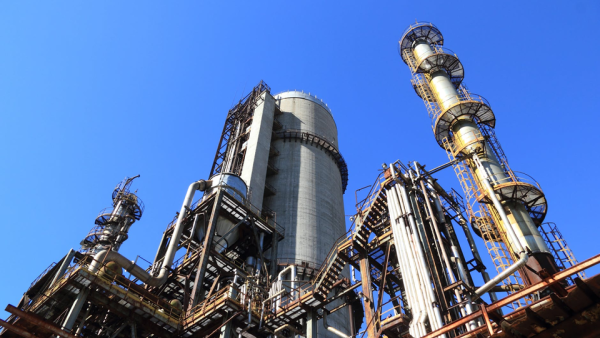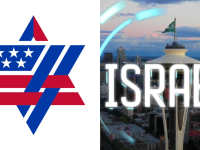The oil business is considered as the primary importance of the Sudanese economy, estimating for half of Khartoum's revenue and approximately 98 percent of the southern government's revenue. The exploration of petroleum in Sudan started in the 1950s before acquiring its independence from Britain and separation from Egypt in 1956.
It had formed when the Italian company AGIP took a concession area on the Sudanese Red Sea coast in 1959. The extensive exploration works of AGIP finished in no important commercial discovery of oil. Then in the late 1970s, the oil discovery in this country became a controversial finding. It has additionally intensified the political and economic stability in Sudan. The oil discoveries have played a crucial role in igniting the second civil war in 1983. It has turned the chances for peace between the south and north as it became the fighting parties' primary purpose.
The World's Oil Crisis
The oil crisis in the 1970s has led several oil companies to target the Sudanese Red Sea coast. Following Agip into the Red Sea came France's Total, Texas Eastern, Union Texas, Oceanic Oil Company, and Chevron. All of these companies discovered nothing for the next fifteen years. The only successful outcomes were accomplished by Chevron in 1974, 120 km southeast of Port Sudan, where dry gas and gas condensate were located at Basha'ir-1 and Suakin-1 wells. It assessed the possible production of 50m cubic feet of dry gas and one thousand gas condensate barrels per day. Since 1991, the Red Sea concession's primary holder has been the International Petroleum Corporation, now part of the Swedish Lundin group.
In southern and southwestern Sudan, exploration for oil began in 1975 when Sudan's government granted Chevron a concession area of 516,000 km2 in blocks in Muglad and Melut. Chevron started geological and geophysical surveys in 1976 and drilled its first well in 1977. And in 1979, Chevron made its first oil discovery in Abu Jabra #1, where an 8 million barrels reserve and a 1,000 barrels per day production rate were estimated.
In 1997, the Sudanese Government invested another concession known as Lundin's time in Block 5A, a Swedish company with partners Petronas, Austrian oil and gas company, and Sudanpet. In 2001 the same consortium conferred a concession over block 5B, and in 2003, Lundin sold its interest in block 5A to Petronas, and OMV sold its interests in Blocks 5A and 5B to the Indian company Oil and Natural Gas Corporation Limited.
Oil Reserves And Production
Sudan has a proven oil reserve of 6.4 thousand million barrels, according to BP statistical review of world energy 2006. Oil exploration has been restricted to the central and south-central regions. It is estimated that the country owns large potential reserves in the east, north-west, and south of the country.
In 2016, it ranked 23rd globally and accounted for about 0.3% of the world's total oil reserves of 1,650,585,140,000 barrels. Sudan has established reserves equivalent to 97.8 times its yearly consumption. It proposes that, without Net Exports, there would be about 98 years of oil left at the present consumption levels and excluding unproven reserves.
By Natalie Al Asad
The views/opinions expressed in this article are those of the author and do not necessarily reflect the views and opinions of Al Bawaba Business or its affiliates.







